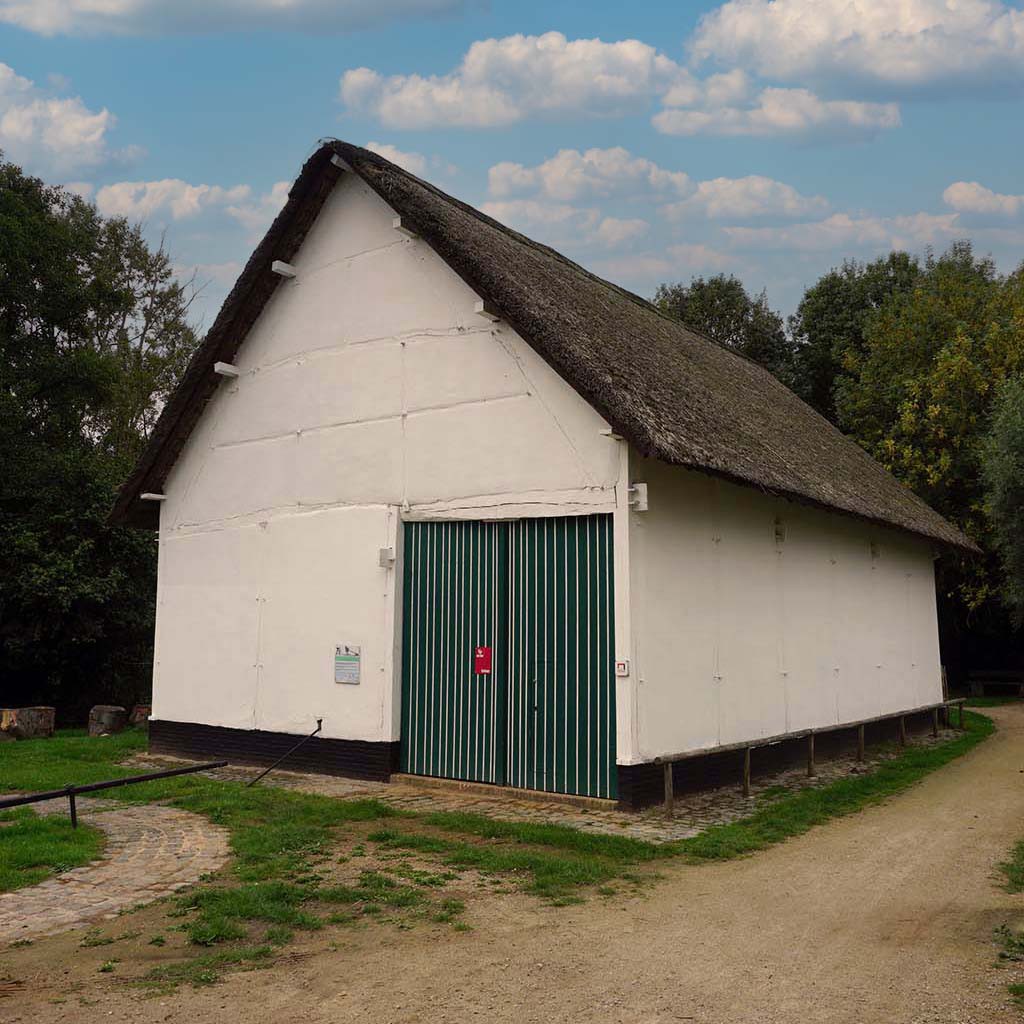Research
Search our website
Search our website by entering a keyword or choose a database above to search specifically.
Search
Showing search results 13,471 - 13,480
14,512 results found

Calculating te amount of loam for insulation
Calculating the amount of loam for isolation By calculating the volume (of
hollow half dome) we can calculate the necessary number of litres (volume)
of loam mortar. The volume of the loam layer is calculated by subtracting
the volume from the half dome with the volume of the hollow part. This
becomes clear when using the following formula: Volume = (D³ - d³) x
(3,1416 / 12), with D = outer diameter and d = inner diameter. If you have
calculated the volume in cm³ then you have to divide the result by 1000 to
get the volume in litres. Multiply the necessary volume by the number of
litre components knowing that you need for approx. 1 m³ (1000 litres) loam
mortar and a proportion 3 : 1/2 : 1 : 1 : loam soil: approx. 860 litres
chaffed lime: approx. 140 litres Rhine sand: approx. 285 litres Chopped
straw: approx. 285 litres (Horse urine: approx. 14 litres) Example (by
means of building plan): d = 140 cm (this is the length of the oven (100
cm) + 2 x the thickness of the vault) D = 160 cm...

Building plan
Building plan Gerrit Van den Dries, together with the MOT, created a design
to build a fully functioning oven. We opted for a bread oven in which
eighteen to twenty loafs of bread can be baked in one go. Download the
building plans here. Do you want to build a smaller oven? During the
Workshop build your own oven, we build a small oven for approximately 8 to
10 loafs of bread. Download these plans here. If you want to create your
own construction design to your own liking, you can make use of following
support tools: How many loafs of bread do you want to bake in the oven?
measurements and shape of oven floor shape of vault measurements of oven
mouth measurements of substructure

Making an oven door

Calculating quantities
Calculating quantities If your bread oven has different dimensions or a
different structure than that of the building plan, you can calculate the
amount of materials using the following tips:

Using a bread oven

Half-timbered barn
Haf-timbered barn at the Tommenmolen Since when was there a barn on this
spot? The mill building dates from the 16th century, but we do not know
exactly when the first barn was built. The Ferraris map (late 18th century)
shows for the first time a building on the exact site of the current barn.
The barn is clearly depicted on maps and land register plans of the 19th
century. What did the original barn look like? We know this thanks to
paintings, etchings and photographs from the first half of the 20th
century. It was a half-timbered barn with a thatched or straw roof.
However, that barn has disappeared, perhaps in the late 1940s, early 1950s,
presumably after a fire. Current half-timbered barn Until 1977, the current
barn stood on a yard on Veldkant street, about 500 meters from the
Tommenmolen. At the initiative of the municipal council of Grimbergen and
with the help of the Bokrijk open-air museum, the barn was fully measured,
photographed and dismantled. The wooden framework went to...

Windturbine
Wind turbine

Woodworking

The blacksmith
The blacksmith, master of iron and fire

Restoration Liermolen
Restoration wheel and sluices Liermolen This text can only be consulted in
Dutch.








